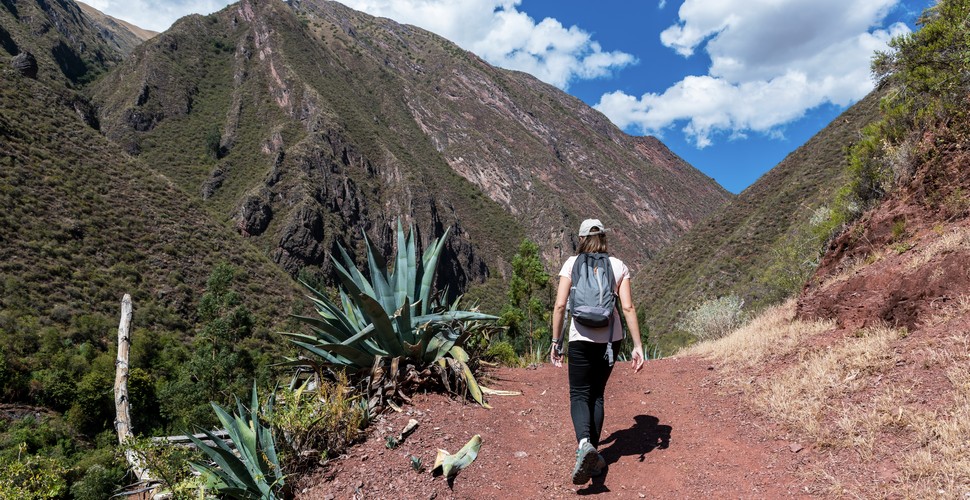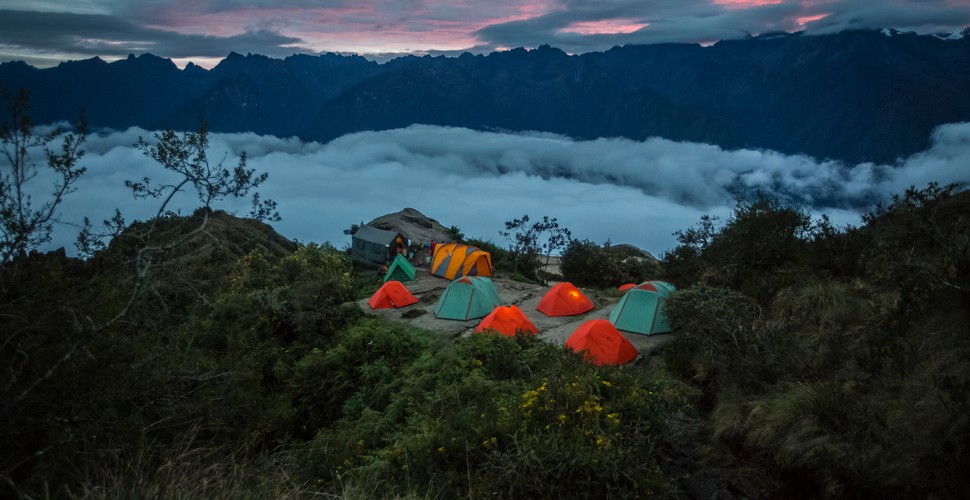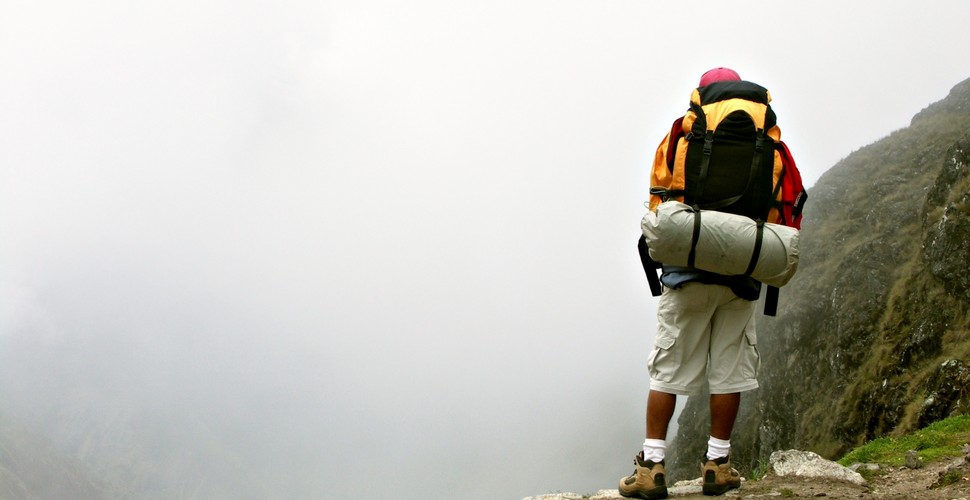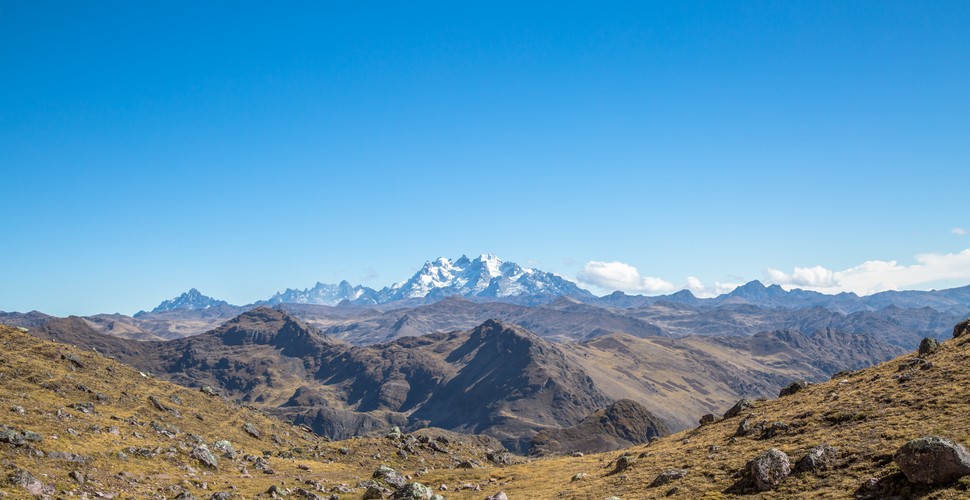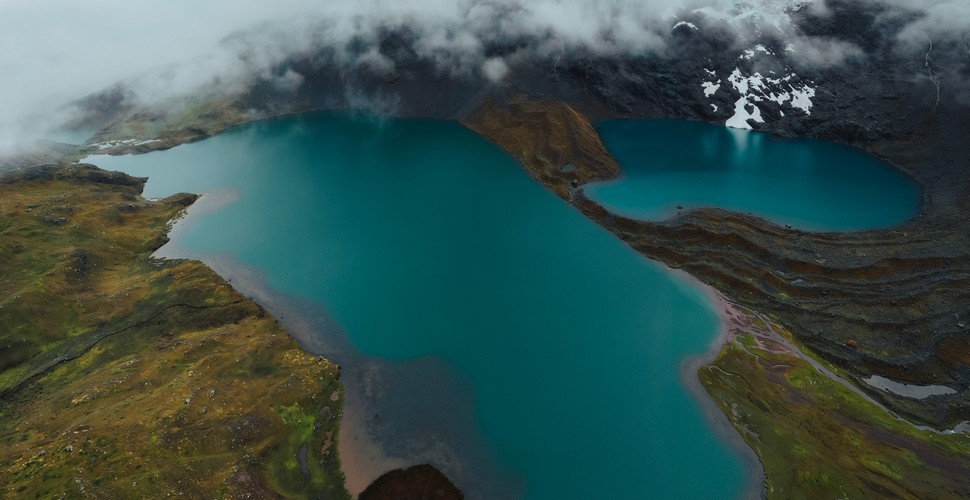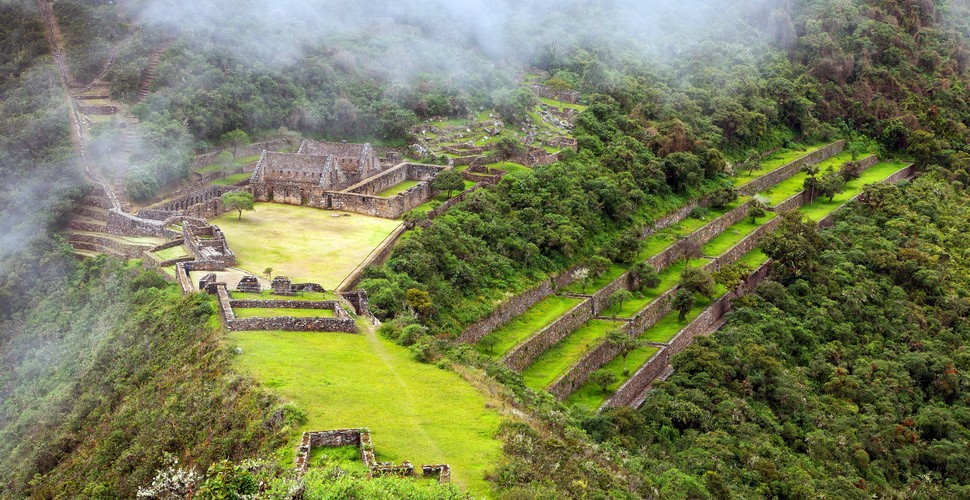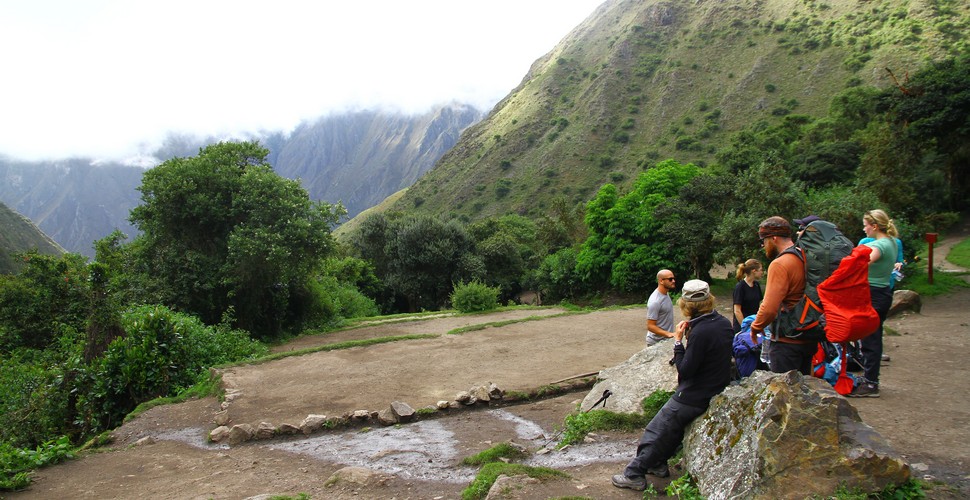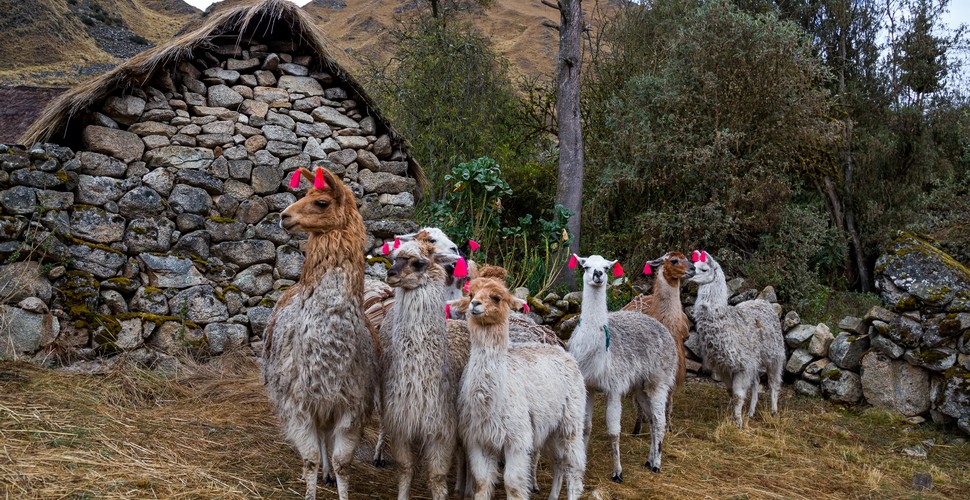

Claire Dean
Travel in South America is a joy to behold. The rich variety of destinations, experiences, landscapes and geography fascinated me so much, that I chose to relocate here, over 20 years ago! The best thing I ever did! Allow me to share my knowledge and passion for Central and South America with you and help you plan your holiday of a lifetime!

No Inca Trail Permits - No Problem!
Written by:Claire Dean
Published: 2022-09-08
Most people know that if you want to hike the 4-day Inca Trail to Machu Picchu, you must book your hike with a licensed operator for at least six months before traveling. Even after the covid pandemic, permits sell out in advance. So, what happens when no classic Inca Trail permits are available for your travel dates?
Inca Trail Campsite
Suppose Inca Trail permits are sold out. What are your options?
Of course, we still get requests for 4-day Inca Trail permits even when they have been sold out for a few months. If you have the flexibility to shift your hiking dates a little, permits may be available. For some people, booking anything six months in advance is not possible. Work, family and financial obligations make it difficult to confirm reservations far in advance. People don't want to risk losing their deposit payments by canceling when life throws curve balls at them. Inca Trail permits are 100% non-refundable, so we understand why people get nervous! Luckily, the Incas were savvy and built a network of Inca trails, so the classic Inca trail is NOT the only one around! You can still have the chance to hike an alternative Inca Trail and still arrive at Machu Picchu in several creative ways. Here are our recommendations for alternative Inca Trails.
Dead Woman´s Pass
The four-day Lares Trek.
The Lares Trek is similar in difficulty and distance to the Inca Trail. It goes slightly higher in elevation. While it does not have Inca archaeological sites, you experience the traditional Andean culture, which you do not get on the Inca Trail. The Lares Trek is much quieter than the Inca Trail. It feels easier on your legs because there are no stone steps. The scenery is more mountain terrain than the Inca Trail. There are fewer weight restrictions as pack horses carry your belongings (not humans), and you do not require a permit for the Lares trek. We also take an emergency horse, and as our vehicles can access the campsites, it is much easier to get out if you have a medical problem. If you need to be evacuated on the Inca Trail, you either walk, or the porters carry you out. The authorities issue the campsites on the Inca Trail. You will share with other groups, especially if making the 4-day Inca Trail, where the campsites are very busy. On the Lares Trek, you will have the camp to yourself. The Lares trek can also be hiked year-round, even during the rainy season, when traveling to Peru. The best time to do the Lares Trek is between April and November during the dry season.
Victoria Pass, Lares Trek
The 7-day Ausangate and Rainbow Mountain Trek
The Ausangate Trek is a much more challenging alternative to the Inca Trail. It does not go to Machu Picchu. Instead, it completes a circuit around the Ausangate Mountain to the south of Cusco. It has two passes over 5000 meters and various camps above 4000 meters. There are no Inca sites on the trail, but you get fabulous big mountain scenery and very few people. You are unlikely to see more than one of two other groups on the whole Ausangate Trek. The Ausangate Trek does not go to Machu Picchu. However, we offer the trek with an extension to Machu Picchu included so that you don’t miss out on this wonder of the world. The Ausangate Trek reaches two passes over 5000 meters. The highest pass is 5200 meters or 17060 feet. That is 1000 meters/ or 3300 feet higher than the Inca Trail. You also camp much higher on the Ausangate Trek, with the highest camp at 4585m/ 15,038ft and all the campsites over 4000 meters. Due to the high elevations, we recommend a minimum 3-day acclimatization period to avoid altitude symptoms. The Ausangate Trek uses mules to carry all the equipment, and in the case of an emergency, you would be evacuated by horse. The best time to do the Ausangate Trek is May to October or November. From December to March, the area will likely have snow on the passes, perhaps in April too. Our Ausangate Trek also goes to Rainbow Mountain, which is in the Ausangate mountain range, and you also visit lovely hot springs in Pacchanta to relax the muscles after a long day’s trekking.
High-Altitude Lakes at Ausangate
The 5-Day Salkantay Trek
The Salkantay Trek is similar in difficulty to the Inca Trail. It takes an equal time as the Inca Trail and is 22 kilometers/13.7 miles longer. The maximum altitude is 418 meters/1371 feet higher than the Inca Trail. Salkantay is almost as busy as the Inca Trail. Unlike the Inca Trail, however, people live the whole way along the trail. Horses, rather than porters, carry your equipment. You trek past glaciers and coffee farms, and there are no Inca sites on the route until you reach Llactapata Inca ruins on day 4. The Salkantay Trek became the go-to route when Inca Trail permits were sold out, and Humantay Lake at the start of the trek is now a bustling spot with day-trippers coming in busloads to take their selfie by the glacial lake. Soraypampa has recently seen many constructions and now resembles a village rather than the pristine mountain environment it once was. This has brought problems with the local communities complaining they do not have water to irrigate their crops due to showers for trekkers. The path is a stone trail mainly, so you do not have the huge steps of the Inca Trail, and your knees do not take the same impact. The best time to do the Salkantay Trek is between April and November. The route closes in February due to heavy rains, so January and March can also be relatively unpleasant due to rainfall.
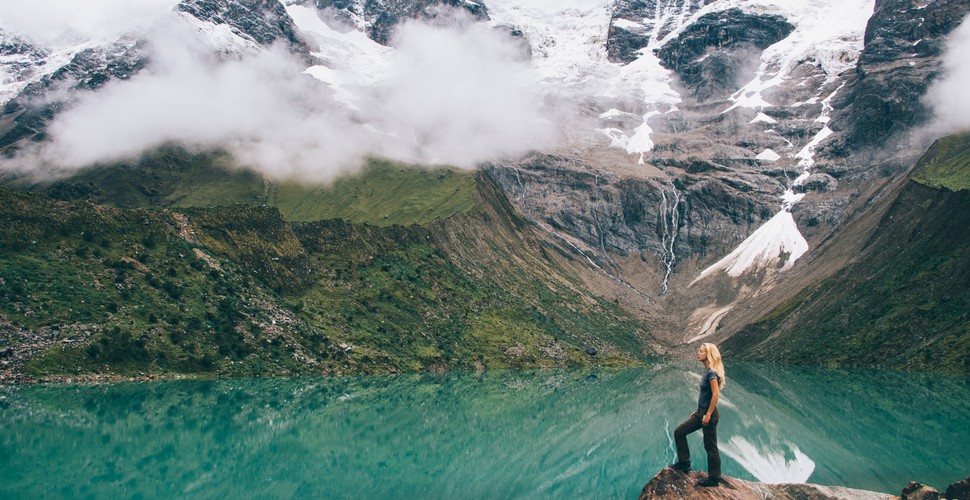
Humantay Lake on Salkantay Trek
The 9-day Choquequirao Trek to Machu Picchu
The 9-day Choquequirao to Machu Picchu Trek is a much more demanding and much longer alternative to the Inca Trail. It is more remote and has far fewer people than the Inca Trail. You reach the same maximum altitude as the Inca Trail, 4200m/13800 ft but require less acclimatization. It is hotter and drier, with humid conditions at the lower elevations. It does not require a permit and is a much tougher challenge than the Inca Trail. This is great if you are an experienced trekker wanting to do something different. The Inca site of Choquequirao sees no more than 10 to 20 people on an average day, and most do the 4-day trek there and back without heading to Machu Picchu. As well as visiting Machu Picchu´s sister site, the view from Llactapata, an Inca site you pass through on your Choquequirao to Machu Picchu Trek, offers a different perspective of Machu Picchu than the Inca Trail. If you need to be evacuated, you will do so by horse rather than be carried by a human as on the Inca Trail. The best time to do a Choquequirao Trek to Machu Picchu is in Peru’s dry season, between May and October. This is the best time for any trekking in Cusco. In the rainy season, the river is higher, and you may also experience landslides. We do not operate this trek in the rainy season for safety reasons.
Choquequirao Ruins
Short Inca Trail to Machu Picchu
The short Inca Trail to Machu Picchu will allow you to hike on the original Inca trail, just like in ancient times. You explore the ancient Inca religious cities along the way and enter through the Sun Gate directly to Machu Picchu Citadel. You get to visit Machu Picchu twice! You enter the classic Inca Trail on day three, so you can still enter Machu Picchu via the sun gate; plus, there are nearly always permits for this option. You can also combine the 2-day Inca Trail with many of the above hikes if you feel the need to hike the classic Inca trail, and there are no permits.
Short Inca Trail
The best combo is the Lares trek with a 2-day Inca trail, which gives the trekker the best of both worlds in four days. You pass through the most isolated indigenous communities keeping the Inca culture alive, and have the privilege to interact with them. Pass through Andean scenery, with majestic glaciers, shockingly blue glacial lakes, waterfalls, llamas, and alpacas, before trekking the classic Inca trail to Machu Picchu!
Llamas on The Lares Trek
We also offer many other treks in the Cusco region, so if you are ready to start planning your trip to Peru, contact us or check out our recommended adventures and let our travel experts help you decide on the best alternative Inca Trail for you!
